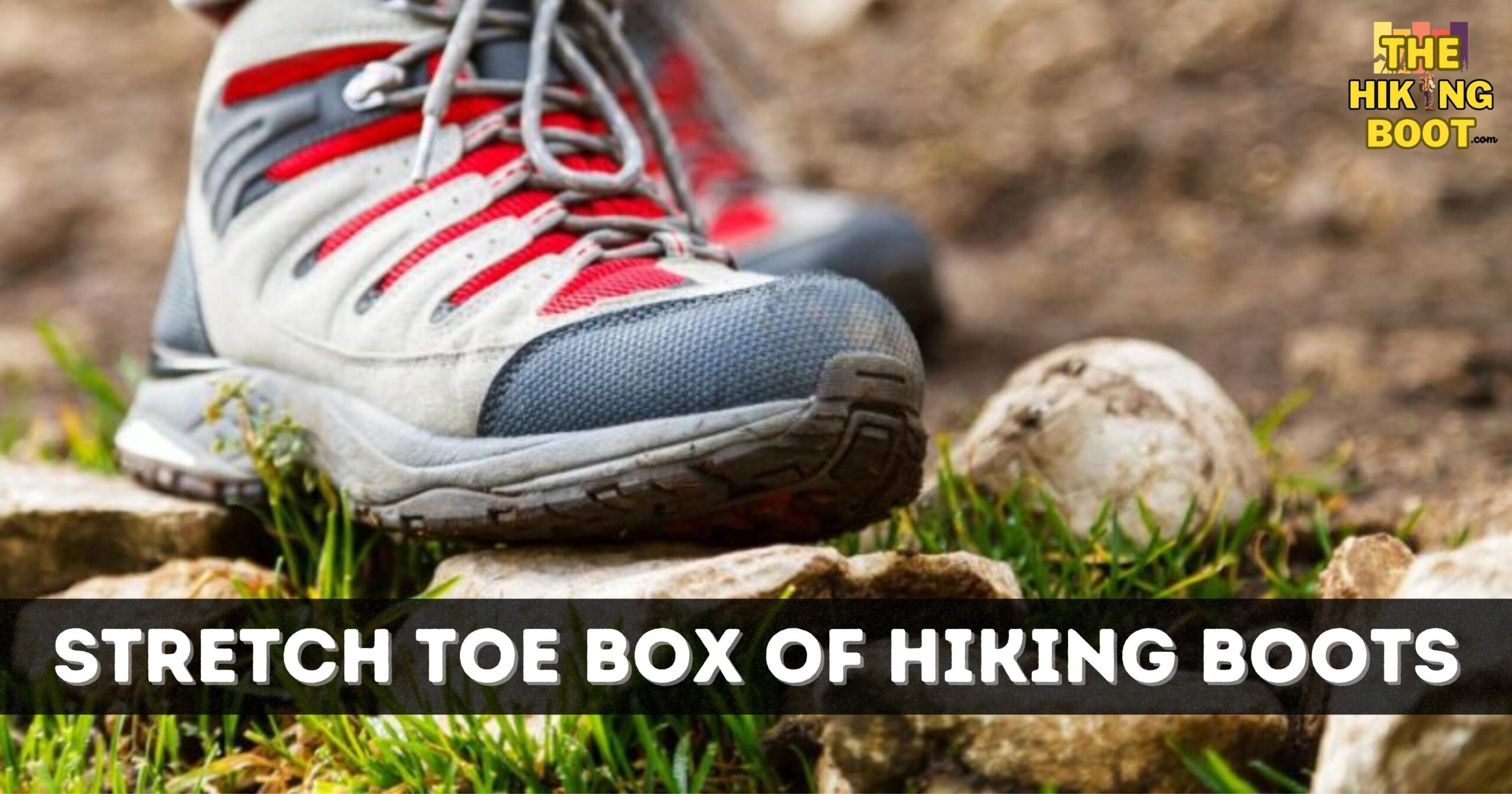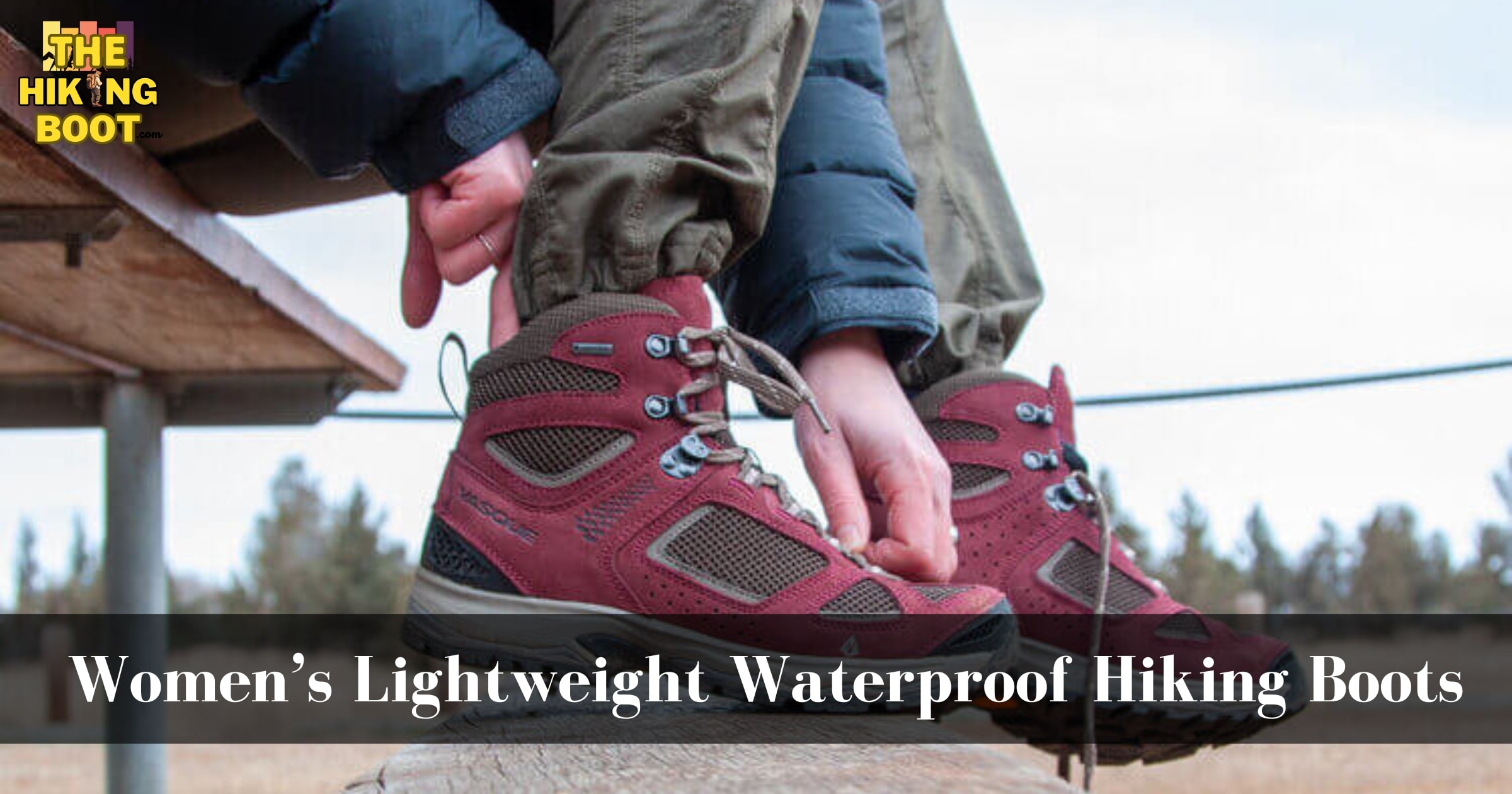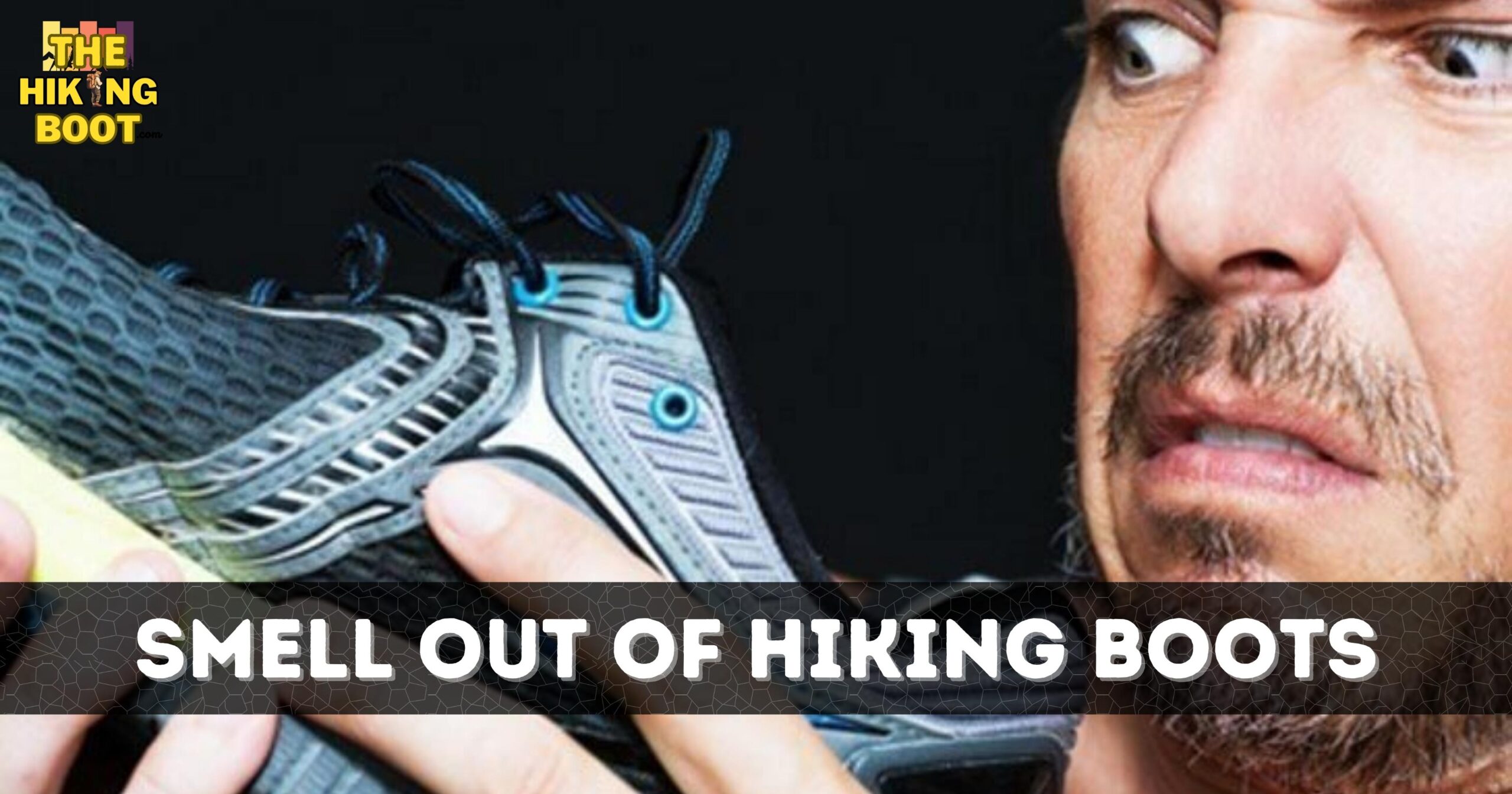Hiking boots are a critical part of planning for any hiking, trekking, or backpacking outing. Ensuring you have the right fit is essential for safety and comfort as you explore the wilderness. But is getting a size bigger than your regular shoe size recommended?
Should hiking boots be a size bigger? It’s not good for tough terrain.
We delve into this topic today to help answer that vital question so you can make an informed decision on how huge of role footwear plays when going on an outdoor adventure – from classic day hikes to multi-day treks!
Is It Okay to Wear Hiking Boots That Are Too Big?
As a seasoned hiker, I’ve come across numerous misconceptions about boot sizing. One prevalent belief is that larger boots provide more comfort and prevent blisters.
Should hiking boots be a size bigger? It’s not good for tough terrain.
This is far from the truth. Wearing boots that are too big can lead to a host of issues.
Excess space can cause your feet to slide, leading to blisters and discomfort.
More alarmingly, it can provoke instability, increasing the risk of ankle twists or falls on challenging terrains.
Hence, the size of your hiking boots should be appropriate for your feet, assuring both comfort and safety during your adventure.
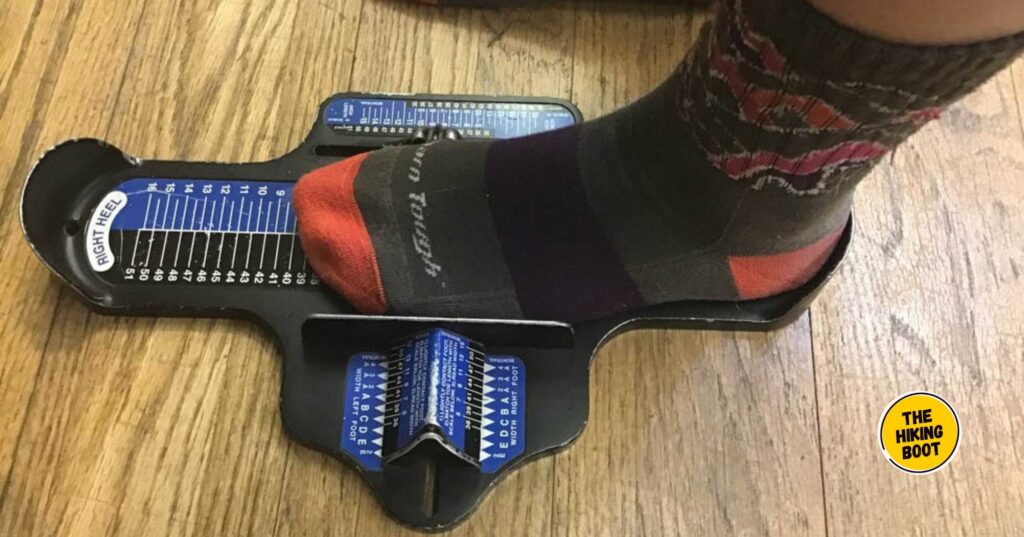
How Hiking Boots Should Fit
Achieving the perfect fit is paramount for an enjoyable hiking experience.
Drawing on my extensive hiking background, I’ll delve into the intricacies of how hiking boots should snugly and comfortably embrace your feet.
Your boots should be snug enough to hold your feet in place but not too tight to restrict blood circulation or cause discomfort.
You should have just enough room to wiggle your toes freely.
When standing, a small gap between your heel and the boot’s back is acceptable to accommodate foot expansion during long hikes.
Lacing techniques can also help to customize the fit further.
The Anatomy of a Well-Fitted Hiking Boot
Understanding the components of a well-fitted hiking boot is a crucial aspect of preparing for a trek.
A well-structured boot is composed of several areas, each serving a specific purpose. Starting from the bottom, the outsole is vital for grip and traction.
Heel cups keep the foot secure and emphasize stability, while the midsole offers cushioning and shock absorption.
The toe box should have enough room for your toes to move freely but not so much that your foot slides. Lastly, the insole supports the contours of your foot.
By considering each of these components, you can ensure your hiking boots provide the necessary support for your adventure.
Tips for Buying the Right Fitting Hiking Boots
- Having tried and tested numerous boots over the years, I’ve gleaned valuable insights for choosing the perfect pair.
- Recognize that sizing can vary considerably between brands; what is a perfect 9 in one might be a tight fit in another.
- Therefore, it’s essential not to rely solely on your regular shoe size when selecting hiking boots.
Factor in the materials used in the boot construction. - Some materials, like leather, can adapt to your foot’s shape over time, offering a more personalized fit.
- Always prioritize comfort and fit over style to ensure a safe and enjoyable outdoor adventure.
Should I Size Up or Down in Hiking Boots?
This question often perplexes hikers: should I size up or down in hiking boots?
Drawing from personal experiences, sizing up can be advisable, particularly for long-duration hikes or treks.
Our feet tend to expand as we walk for extended periods, and a slightly larger boot size can accommodate this natural swelling, enhancing comfort and reducing the risk of blisters.
Sizing down is rarely recommended unless the boots are excessively loose, as this can lead to pinching and discomfort.
In essence, the right boot size profoundly impacts your overall hiking experience, from comfort level to foot health.
The Importance of Proper Lacing Techniques
Proper boot lacing is an often-overlooked factor that can significantly impact the fit and comfort of your hiking boots.
It’s not merely about securing the boots on your feet but about customizing the fit to your foot’s unique shape and size.
By utilizing effective lacing techniques, you can alleviate pressure on specific areas, eliminate heel lift, and ensure optimal foot support.
My go-to method involves lacing snugly from the bottom and gradually loosening as you move upward, allowing flexibility while keeping the foot secure.
Experiment with different techniques to find the one that provides you with maximum comfort and support.
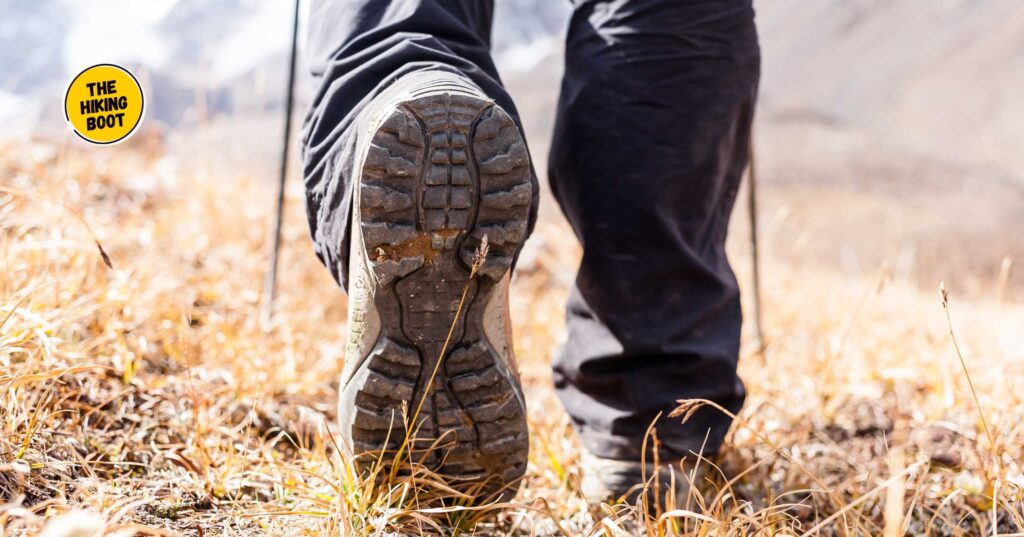
Should Hiking Boots Fit a Little Loose?
There’s a common misconception that hiking boots should fit a little loose.
While it’s true that some room for foot expansion is beneficial, an overly loose fit can negatively impact your hiking experience.
Loose boots may lead to undue movement and friction, potentially causing blisters and discomfort. A snug but not tight fit, allowing for some toe wiggle room, is often the best choice.
A properly fitting boot will comfortably hold your foot in place, reducing movement inside the boot and providing the necessary support for rugged terrains.
Thus, the balance between comfort and security is paramount in choosing the right fit.
The Dangers of Ill-Fitting Boots
Ill-fitting boots can transform a delightful hike into an uncomfortable ordeal.
They can cause blisters, corns, and calluses, primarily due to constant friction and lack of proper foot support.
In severe cases, they may even lead to long-lasting foot issues, such as plantar fasciitis or bunions. One hiker I know ignored the discomfort from his new boots, hoping they would eventually “break in.“
Instead, he ended up with debilitating blisters that took weeks to heal.
To avoid such pitfalls, measure your foot size accurately, try on various boots, and take short walks before embarking on long hikes.
Remember, discomfort is a sign; don’t ignore it.
Common Myths About Hiking Boot Fit
Among the most widely held myths is that “new boots need a lengthy break-in period.”
In reality, modern boots are designed with materials that conform to your foot shape quickly, and a lengthy break-in period often indicates a poor fit.
Another common misconception is that “thicker socks result in a better fit.” This may cause boots to feel too tight, hindering circulation and leading to discomfort.
Moreover, the notion that “hiking boots should be one size larger” is misleading. While some room for foot expansion is necessary, an excessively large size may cause friction, leading to blisters.
Always prioritize a snug, comfortable fit over these widespread myths.
Finding Your Perfect Fit: A Personal Journey
Drawing from my journey as a hiker, I can attest to the transformative power of finding the perfect fit.
I recall a multi-day trek where I wore boots a size too large, thinking it would allow for foot expansion.
Unfortunately, the excess room caused friction that resulted in painful blisters.
In contrast, another hike in boots that fit like a glove resulted in a seamless, enjoyable experience, allowing me to fully immerse myself in the journey rather than focusing on foot discomfort.
These experiences underscored the paramount importance of prioritizing comfort and safety over prevailing misconceptions.
Every hike since has been a testament to the power of the perfect fit.
Conclusion
In conclusion, the fit of your hiking boots can significantly impact the quality of your outdoor adventures. Debunking prevalent myths and prioritizing a snug, comfortable fit over arbitrary rules can drastically improve your hiking experience. Remember, each foot is unique, and what works for one person may not necessarily work for another. Therefore, it’s crucial to understand your foot’s needs and to select a boot that caters to them. When done right, a well-fitted boot not only enhances comfort but also optimizes safety, allowing you to engage with the beauty of nature while hiking fully.
FAQs
Should I buy hiking boots that are a size larger than my regular shoe size?
No, it is not recommended to buy hiking boots that are a size larger than your regular shoe size. While it is true that your feet may swell during a hike, wearing excessively large boots can cause friction and result in blisters.
How can I ensure the best fit when buying hiking boots?
It’s always advisable to try on several pairs and sizes of hiking boots. Walk around in them to assess their comfort level. Also, consider the type of socks you’ll be wearing during your hike when trying on boots.
How should a well-fitting hiking boot feel?
A well-fitting hiking boot should feel snug and comfortable. Your foot should not slide around inside the boot, but you should also not feel any pressure points or tightness.
Can wearing the wrong size hiking boots affect my hiking experience?
Yes, wearing the wrong size hiking boots can significantly impact your hiking experience. Boots that don’t fit well can cause discomfort and blisters and can even lead to injuries.
Is it important to break in new hiking boots?
Yes, it’s important to break in new hiking boots before embarking on a long hike. This helps to prevent blisters and discomfort during your hike.
What’s more important when choosing hiking boots: size or comfort?
Both are critically important. A boot should be of the right size and offer comfortable support. However, if you have to choose, always prioritize comfort. An uncomfortable boot, regardless of size, can ruin your hiking experience.

